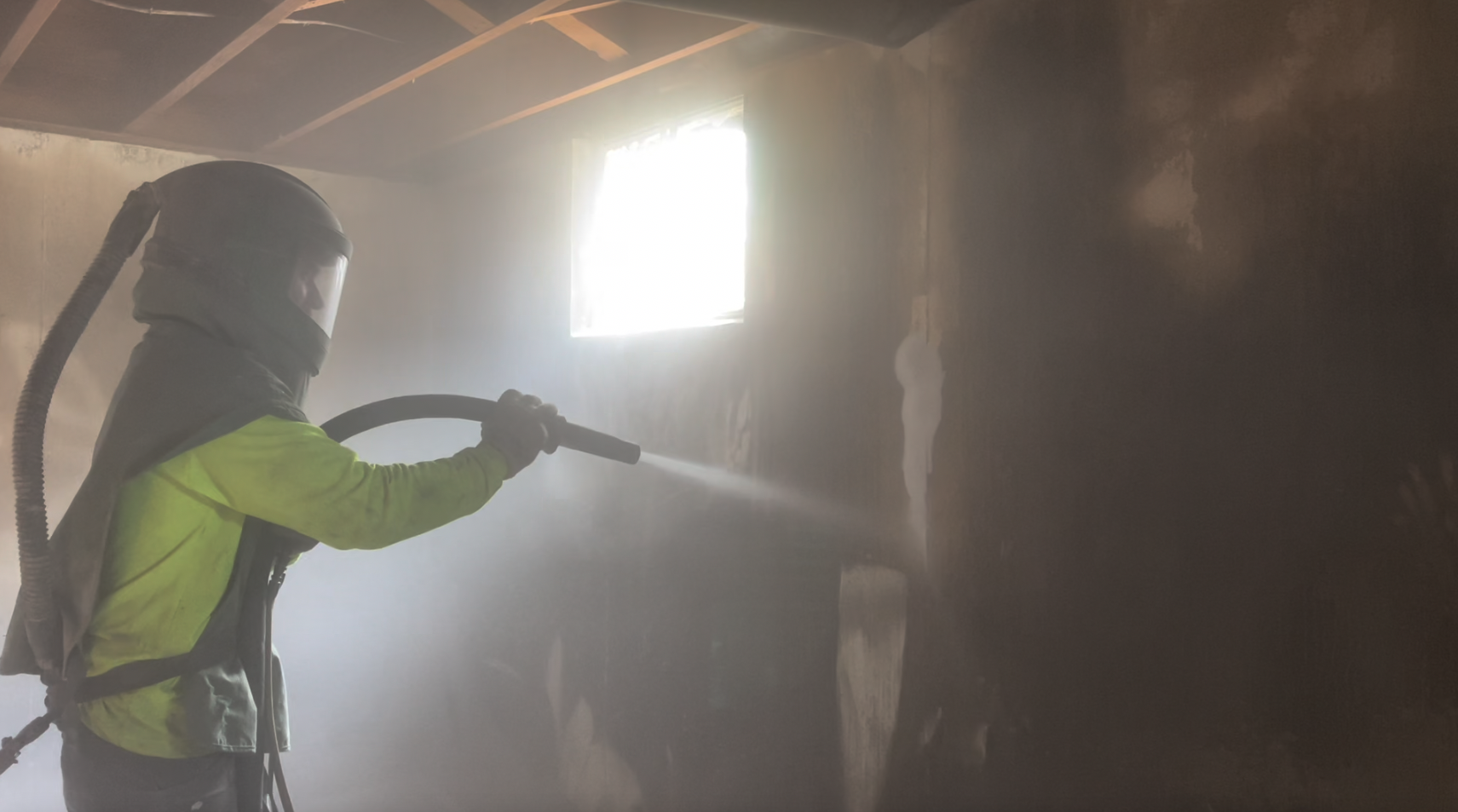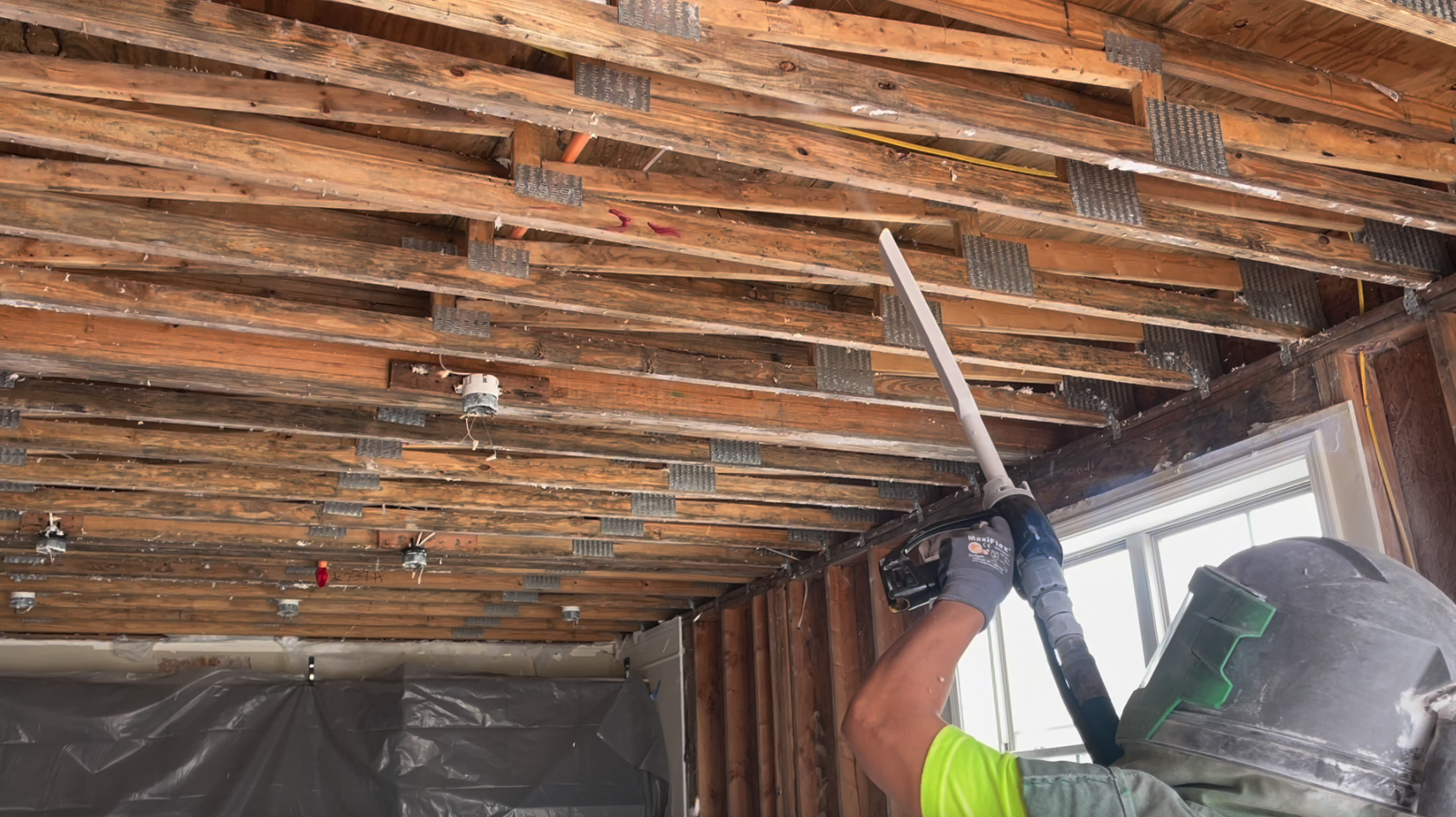FIRE RESTORATION WITH BLAST IT CLEAN
Witnessing a raging fire engulf your home can make you feel powerless and invoke a range of emotions. Fortunately, a complete loss is not the norm in fire damage, so fire restoration services are crucial in providing support and helping to rebuild a person's livelihood.
In the event of a fire to your home or business, the speed of action makes a difference in limiting vulnerability and damage. Just because the flame is put out, the destruction is not done. The aftermath and residue left behind can continue to cause damage to your property and the loss can prevent you from conducting business or having a place to call home. That’s why it is important to begin fire restoration services as quickly as possible.

THE FIRE RESTORATION PROCESS
ASSESS AND SECURE THE FACILITY
The first step is to assess the amount of damage and what can be salvaged. Working with a professional will ensure everything is properly documented and recorded for the insurance company. To prevent further damage from occurring until repairs can be made any openings should be sealed up and the structure may need to be braced.
WATER EXTRACTION AND DEBRIS REMOVAL
Fire and water mitigation frequently coincide. Whether it is from a burst pipe, a water tank, or water used to extinguish the flames, standing water must be pumped out and the building should be dried out and properly sanitized. Additionally, the facility needs to be rid of all material that is not able to be salvaged so the restoration plan can be finalized.
SOOT CLEAN-UP AND SMOKE REMOVAL
After a fire, many remaining surfaces are stained or charred and the odor is overwhelming. This step in the clean-up involves removing the smoke, shoot, char, and deodorizing so your property can start looking (and smelling) back to normal.
REPAIRS AND RENOVATION
The final step is actually repairing the structure and fixtures. This can mean carpet, walls, cabinets, furniture. Some people take a step further and decide that fire is a good time to complete renovations and provide a fresh start after a traumatic event.
WHERE DOES BLAST IT CLEAN FIT INTO THE PROCESS?
Blast is Clean is a preferred vendor for companies that specialize in disaster recovery. Our services are best utilized in smoke removal, soot clean-up, and mitigating their lasting effects. Soot residue is acidic which can cause corrosion and further deterioration. Smoke is sneaky and the smell settles in quickly. An effective plan to remedy these can save you from ongoing issues. Even though we are just one part of the process we must have an understanding of the entire scope of the restoration efforts on each project to make the best recommendations for the desired outcome.
OUR CAPABILITIES FOR FIRE RESTORATION
BAKING SODA BLASTING FOR HEAVY SOOT AND CHAR
Baking Soda Blasting is a magic wand when it comes to fire restoration. As an abrasive cleaner, it is effective at removing heavy soot and char. Soda blasting opens up the pores of the surface to clean AND deodorize. It can be used on a variety of surfaces such as steel, wood, concrete, and masonry. Keep in mind, the magic happens when the angular pieces of sodium bicarbonate shatter on contact. This results in a cloud of dust that settles into the cracks and crevices to neutralize the odor, but that also must be cleaned up.
DRY ICE BLASTING FOR MEDIUM SOOT AND CHAR
Dry Ice Blasting is another abrasive cleaner that is preferred for fire damage restoration. It is best suited for medium soot and light charring. Dry Ice dries fast with little to no residue so it is the most efficient method of smoke removal. However, it is important to note that while it may remove the smell temporarily it is not a deodorizer.


In areas where there is light soot, HEPA vacuuming followed by chemical cleaning is appropriate. Vacuuming is necessary to evacuate fine particles and contain them before they can be released into the air causing long-term respiratory risks. A chemical cleaning breaks down and rids the surface of any remaining residue.
These methods may be used independently or in combination depending on the job and the factors of the fire. For example, a building may sustain heavy charing where the first was ignited with greasy residue from quick cooling of smoke and still be partially occupied so unwilling to risk being dusted out. In this project, we are going to use soda blasting, dry ice blasting, AND chemical clean.
Encapsulation is the final step in soot and smoke remediation. It is common to use primers and sealers to “lock-in'' the remaining odor but it should not be used as the sole method for restoration. First, the source of the odor needs to be cleaned, then the odor should be neutralized, and finally, the odor can be encapsulated. Luckily, we provide services to complete all three steps.
Fire restoration is about more than just cleaning. It takes into consideration how a fire may have altered the home’s structure and the contents and how to ensure the damage caused doesn’t come back to haunt you. We hate to see the path of destruction a fire leaves, but we love being depended on to help restore the property you cherish.
